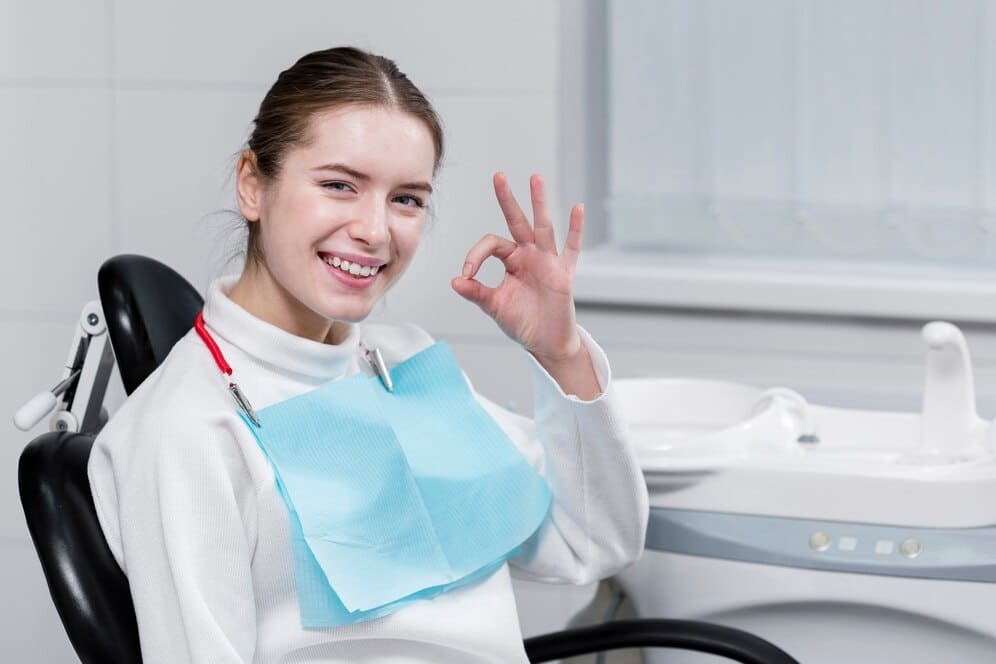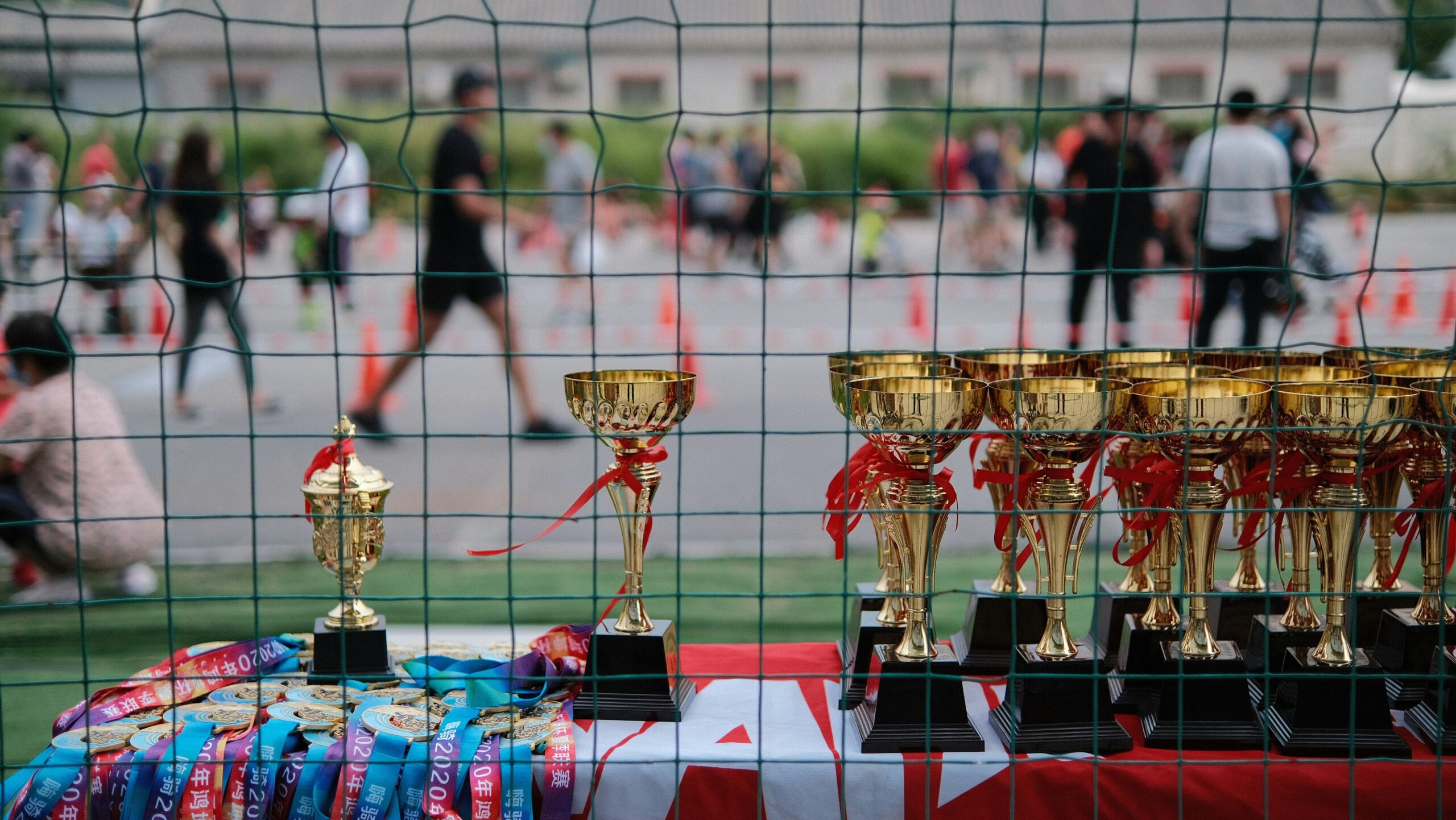Poultry farming depends on clean water to keep flocks healthy. The condition of water directly affects bird health, making it a vital part of their care. Poor water quality can lead to illness and reduced productivity, which impacts the success of a farm. Understanding what affects water quality helps poultry owners maintain strong and efficient flocks.
Choosing the right poultry waterers is not always easy. It requires considering contaminants, materials, and design. A good maintenance routine is also essential for keeping water clean. Paying attention to these factors can improve hydration and overall flock health.
Common Poultry Water Contaminants
Standing water quickly attracts harmful substances. Algae thrive in warm, sunny conditions, turning water green and making it unappealing for birds. Bacteria from fecal matter can contaminate even small amounts of water, leading to digestive issues and respiratory infections in poultry. Dirt and feed particles also reduce water quality, sometimes forming sludge at the bottom of waterers. If not cleaned regularly, this buildup encourages further bacterial growth, creating an ongoing health risk.
Temperature changes and direct sunlight worsen these issues by helping bacteria and algae multiply. Checking water clarity and smell regularly can alert poultry keepers to contamination early. Simple visual inspections can catch problems before they become serious, keeping birds healthier and more productive.
Waterer Material Choices
The material of a poultry waterer affects water cleanliness. Plastic is lightweight and affordable but can trap bacteria, especially when scratched. Stainless steel resists bacteria due to its smooth, non-porous surface, making it a popular choice. Rubber is flexible and easy to handle but may need frequent replacement since it wears down and supports biofilm buildup.
Corrosion resistance is also important for maintaining hygiene and durability. Waterers with smooth surfaces are easier to clean and prevent contaminants from sticking. Stainless steel options are often the best long-term investment, requiring less maintenance while keeping water cleaner. Unlike plastic, stainless steel does not degrade over time when exposed to disinfectants, making it a more reliable choice for maintaining sanitary conditions.
Waterer Design and Placement
A waterer’s design influences water safety. Raising waterers off the ground keeps them cleaner by reducing fecal contamination and making drinking easier for birds. Placing them away from feed sources prevents food from falling into the water, which can attract bacteria. Covers or shields help block debris and deter pests like flies, which can carry disease.
Automatic refill systems can also improve water quality by keeping water fresh and reducing stagnation. Moving water discourages algae and bacteria growth, keeping birds supplied with clean water at all times. A well-designed system helps maintain hydration levels and reduces the risk of contamination.
Maintaining Waterers
Regular maintenance is essential for preventing disease. Cleaning schedules should match the type of waterer being used. Plastic waterers often need frequent scrubbing to remove biofilm, while stainless steel is easier to clean. Understanding the material can help determine the best cleaning methods and schedule.
The seasons also affect maintenance needs. In warmer months, algae grow faster, requiring more frequent cleanings. Cold weather can introduce other challenges, such as ice buildup. Checking for cracks or discoloration in waterers can help identify issues early. Keeping a cleaning checklist and inspecting waterers often makes the process more efficient.
Improving Water Quality with Additives and Filtration
Certain additives can support poultry health. Apple cider vinegar promotes good gut bacteria and digestion. It also slightly acidifies water, discouraging harmful pathogens like E. coli and Salmonella, which can cause serious infections. Probiotics work in a similar way, helping maintain gut balance and strengthening immunity, reducing the risk of digestive disorders such as pasty butt in young chicks. Adding these to water may improve overall flock health.
Filtration systems add another level of protection by removing harmful contaminants. Simple filters eliminate dirt, while advanced systems reduce chlorine and heavy metals. Beyond filtration, preventing algae growth with regular water changes and keeping waterers out of direct sunlight can reduce the need for chemical treatments. Choosing solutions that fit specific flock needs improves hydration and overall health.
Keeping poultry water clean keeps flocks healthy and productive. Dirty water leads to illness, so regular checks matter. Algae, bacteria, and feed bits can ruin water quality fast. Stainless steel waterers stay cleaner than plastic, and raising them off the ground helps prevent mess. Covers keep out debris, and automatic refill systems keep water fresh. Cleaning routines should match the season—warm weather means more algae, cold weather brings freezing issues. Simple filters remove dirt, while apple cider vinegar supports digestion and fights bad bacteria. A little effort in water care goes a long way in keeping birds thriving.
Copyright © 2025 California Business Journal. All Rights Reserved.
For California Business Journal Disclaimers, go to https://calbizjournal.com/terms-conditions/.




